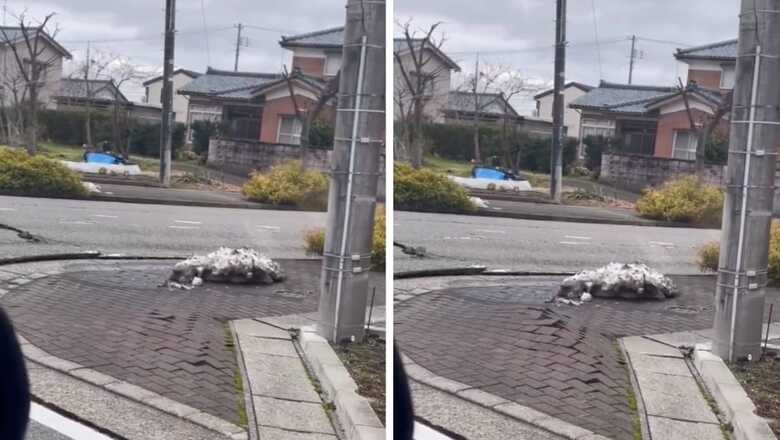A post shared by Javier Hugo Feu (@javyfeu)
Japan stands as one of the most earthquake-prone countries globally, with seismic activity simmering beneath its surface for an extended period. Between December 2020 and the preceding month, 506 earthquakes with a minimum intensity of 1.0 were recorded, reports Al Jazeera. However, the reasons behind the sudden escalation in seismic intensity remain unclear, prompting experts to call for further research.
Ishikawa, a popular tourist destination, lies near the tectonic plate boundary where the Eurasian and North American plates interact. Such regions are inherently susceptible to earthquakes due to the dynamic movement of tectonic plates against each other, resulting in stronger shocks in nearby areas. Monday’s earthquake stands as the most powerful in Ishikawa since 1885.
Monday’s (January 1, 2024) earthquake triggered Japan’s first major tsunami warning since the devastating 2011 earthquake in the Tohoku region, which claimed over 18,000 lives and led to nuclear plant meltdowns in Fukushima.
The Japan Meteorological Agency (JMA) has issued warnings of possible quakes with a seismic intensity of 7.0 in the coming week, particularly within the next two to three days. Heightened risks of fires and landslides accompany these warnings, prompting officials to caution residents and advise evacuation in certain areas.
Although initially issued as a major tsunami warning, the alert for Ishikawa was later downgraded to an advisory-only status and eventually lifted on Tuesday morning. A tsunami advisory indicates that significant flooding is not expected, but local officials may implement precautionary measures such as closing beaches or evacuating harbours.















Comments
0 comment